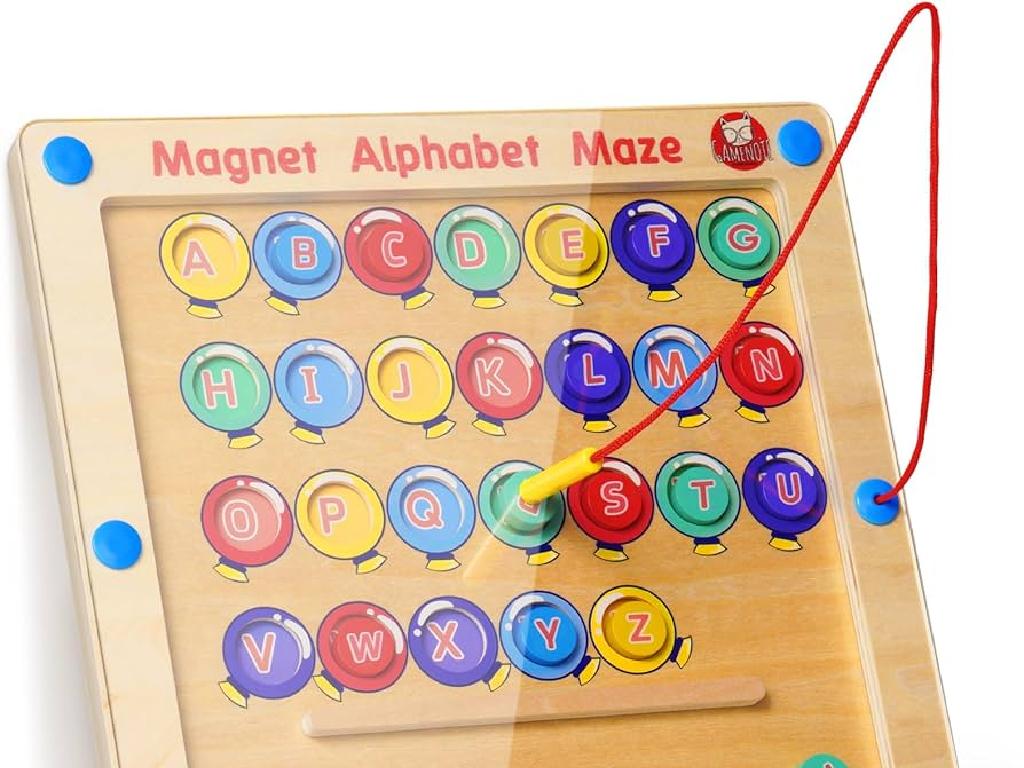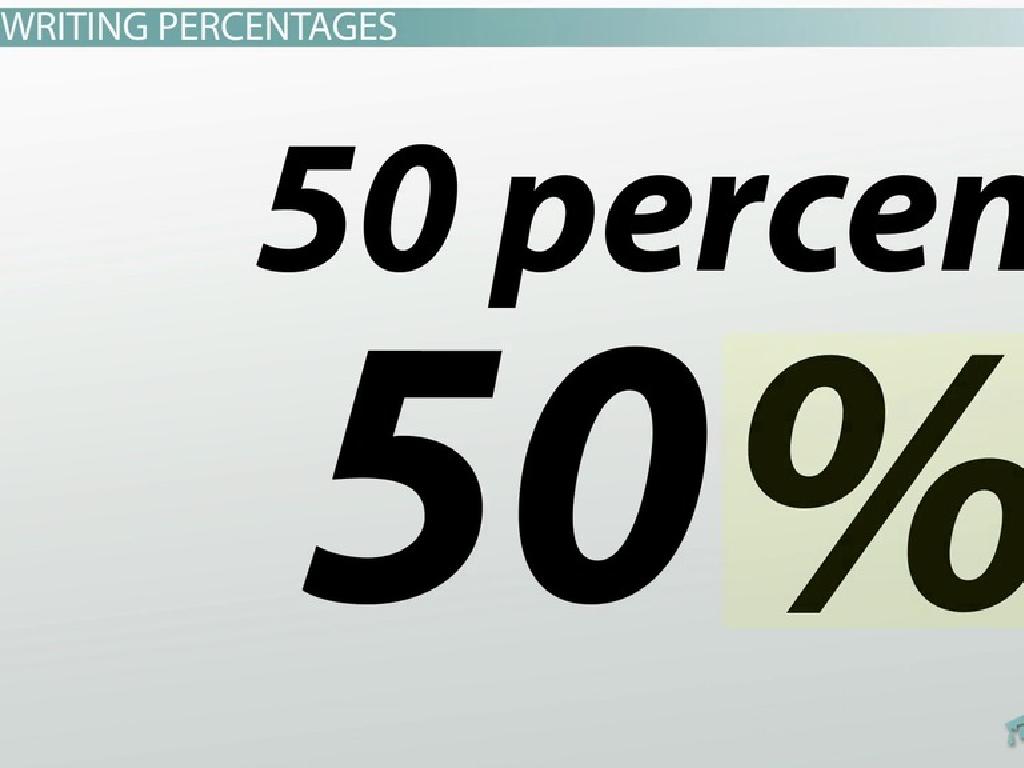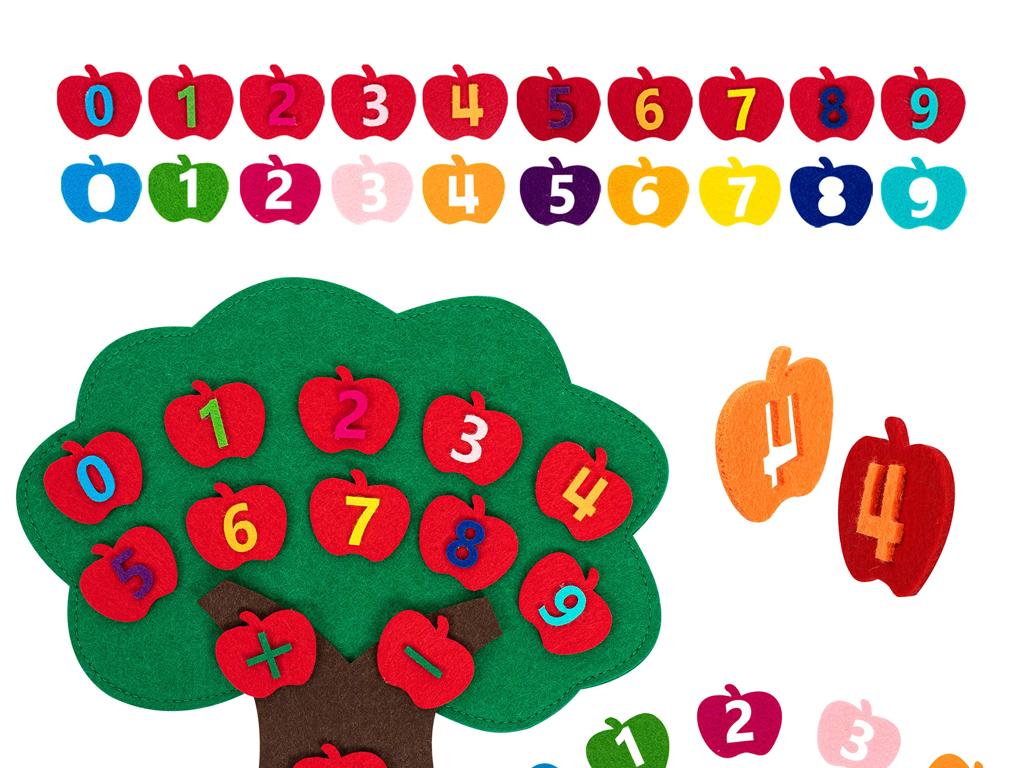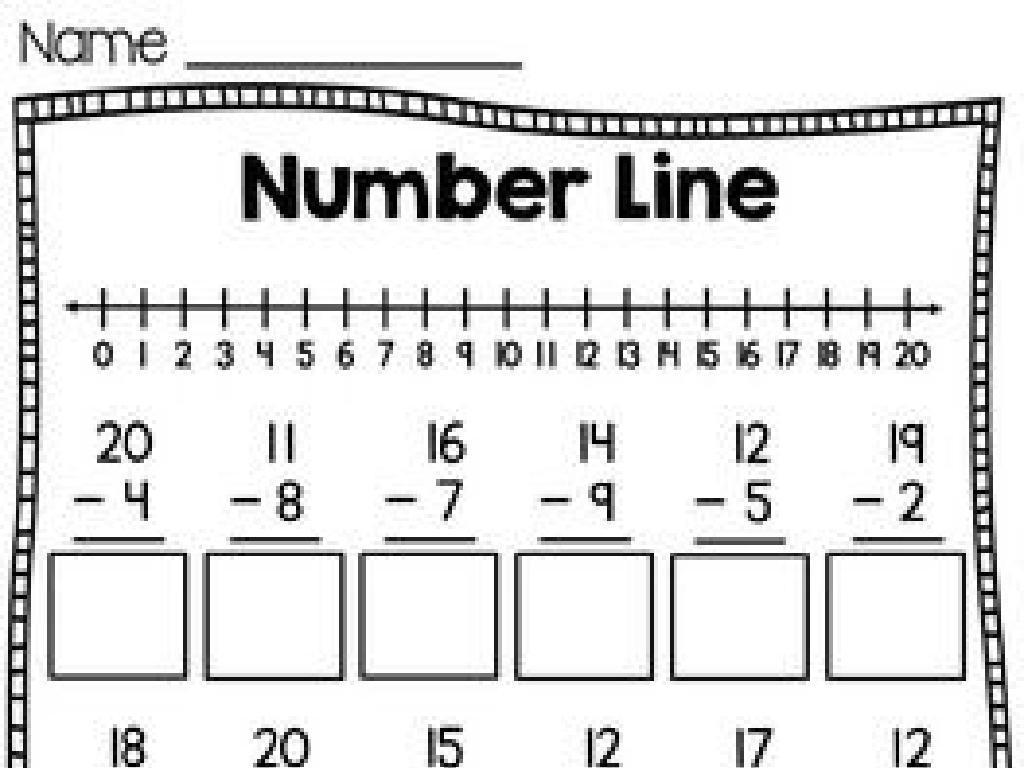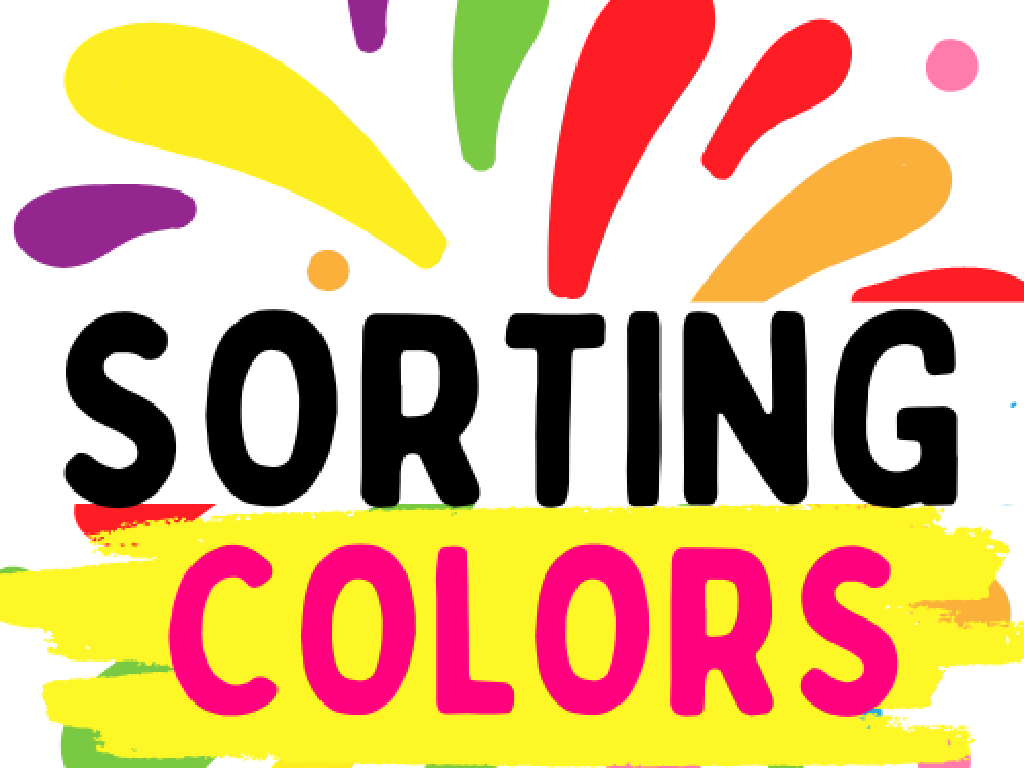Read Graphic Organizers
Subject: Language arts
Grade: Sixth grade
Topic: Visual Elements
Please LOG IN to download the presentation. Access is available to registered users only.
View More Content
Welcome to Visual Elements!
– Visuals enhance communication
– Visuals can make complex ideas easier to understand.
– What are graphic organizers?
– They are diagrams that show relationships between concepts.
– Benefits of using graphic organizers
– They help organize thoughts and improve memory.
– Graphic organizers in learning
– Use them to summarize information and compare ideas.
|
This slide introduces students to the importance of visual elements in enhancing communication, with a focus on graphic organizers. Explain that visuals can simplify complex information, making it more accessible. Graphic organizers, such as Venn diagrams, mind maps, and flow charts, help to visually represent ideas and their connections. Discuss how these tools can aid in organizing thoughts, improving memory retention, and summarizing information effectively. Encourage students to think of times when they have used visuals to remember information better. In the next class, plan activities where students create their own graphic organizers based on reading material to reinforce the concepts discussed.
Exploring Graphic Organizers
– Define graphic organizers
– Visual tools to structure information
– Explore types of organizers
– Venn Diagrams, Mind Maps, Timelines, and more
– See organizers in action
– Examples: Comparing characters using Venn Diagrams
– Understand their benefits
– Helps in organizing thoughts and studying
|
Graphic organizers are visual representations that help students organize information and grasp concepts more easily. Introduce the concept by defining what graphic organizers are and their purpose in learning. Show different types, such as Venn Diagrams for comparing and contrasting, Mind Maps for brainstorming, and Timelines for historical events. Provide examples of each type in use, like using a Venn Diagram to compare two characters in a story. Discuss how these tools aid in comprehension, retention, and the ability to see relationships between ideas. Encourage students to think of situations where they could use each type of organizer. This slide aims to familiarize students with the concept and utility of graphic organizers in their academic journey.
The Power of Graphic Organizers
– Organize information effectively
– Graphic organizers can turn complex information into easy-to-follow visuals.
– Visualize concept relationships
– They show how different ideas are connected, like a family tree for concepts.
– Enhance memory and learning
– By seeing information visually, it’s easier to remember and understand.
– Engage with content interactively
– Organizers make learning active, not just passive reading.
|
Graphic organizers are essential tools in language arts to help students structure their thoughts and understand complex information. They can take many forms, such as Venn diagrams, flow charts, and mind maps. By organizing information visually, students can see the relationships between concepts, which aids in deeper understanding and retention. Encourage students to use graphic organizers when planning their writing or studying for tests to enhance their learning process. During the lesson, provide examples of different types of graphic organizers and how they can be applied to various texts or concepts.
Reading Graphic Organizers
– Identify key elements
– Look for titles, labels, and organization
– Interpret presented information
– Understand the data or concepts shown
– Make text connections
– Relate information to the text’s main ideas
– Enhance comprehension
|
This slide aims to guide students on how to effectively read and understand graphic organizers. Start by explaining the importance of identifying key elements such as titles, labels, and the overall organization of the graphic organizer. Discuss how to interpret the information presented, whether it’s data, a sequence of events, or a concept map. Encourage students to make connections between the graphic organizer and the text’s main ideas to enhance their comprehension. Provide examples of different types of graphic organizers and how they can be used to organize information in a visual way. During the next class, engage students in activities where they practice reading graphic organizers and explaining the information they gathered from them.
Crafting Graphic Organizers
– Selecting the appropriate organizer
– Match the organizer to the type of information you have.
– Step-by-step creation process
– Follow a guide to make your own graphic organizer.
– Presenting our organizers
– Share your work with the class.
– Group discussion and feedback
– Discuss what we’ve learned from each other’s organizers.
|
This slide is aimed at guiding students through the process of choosing, creating, and sharing graphic organizers. Start by explaining how to select the right organizer based on the information at hand, such as using a Venn diagram for comparing and contrasting, or a timeline for chronological data. Provide a clear, step-by-step guide on creating their own organizer, emphasizing the importance of organizing information logically. Encourage students to be creative and personalize their organizers. After creation, students will present their organizers to the class, fostering a collaborative learning environment. Conclude with a group discussion, allowing students to give and receive feedback, and discuss the effectiveness of different organizers. This activity will enhance their understanding of how graphic organizers can aid in organizing and visualizing information.
Class Activity: Create & Present Graphic Organizers
– Divide into small groups
– Create a graphic organizer
– Choose a topic and design an organizer that outlines the main ideas and details.
– Present your organizer to the class
– Each group will explain their organizer in front of the class.
– Explain your organizer’s layout
– Discuss why you chose this layout and how it helps understanding the topic.
|
This activity is designed to foster teamwork and creativity as students work in small groups to create a graphic organizer on a given topic. Teachers should prepare a list of topics related to the current curriculum for the groups to choose from. After the creation phase, each group will present their graphic organizer to the class, explaining the rationale behind their design choices and how it aids in understanding the topic. Teachers should circulate during the group work to provide guidance and ensure that all students are participating. Possible variations of the activity could include creating a Venn diagram to compare and contrast two topics, a sequence chart to outline the steps of a process, or a cause-and-effect chart to explore the relationship between events.
Wrapping Up: The Power of Graphic Organizers
– Recap graphic organizer benefits
– They help organize thoughts and improve understanding.
– Graphic organizers across subjects
– Use them in Science for experiments, Math for problem-solving, etc.
– Reflect on today’s lessons
– Think about how graphic organizers helped you today.
|
As we conclude today’s lesson, remind students of the key benefits of using graphic organizers, such as clarity in thought processes and enhanced comprehension. Highlight how these tools are not limited to Language Arts but are also valuable in other subjects like Science, to outline steps in an experiment, or Math, to break down complex problems. Encourage students to reflect on how the use of graphic organizers in today’s class has aided their learning and understanding of the material. Ask them to consider situations outside of school where these skills could be beneficial. This reflection will help solidify their understanding and promote the application of these skills in various contexts.

